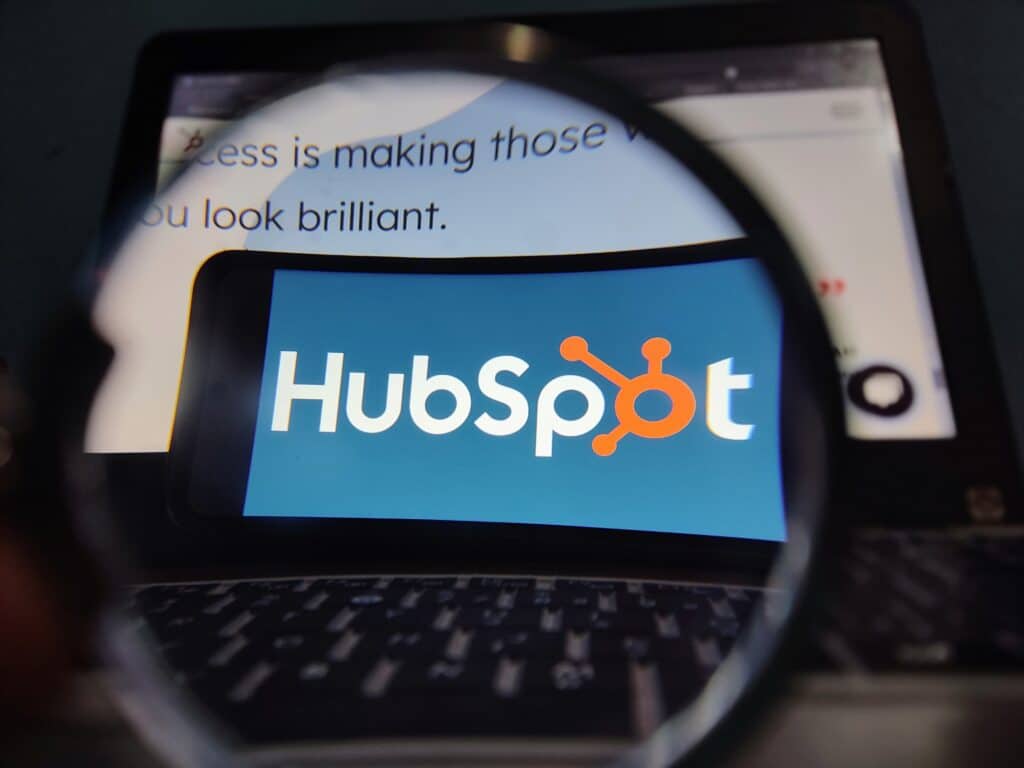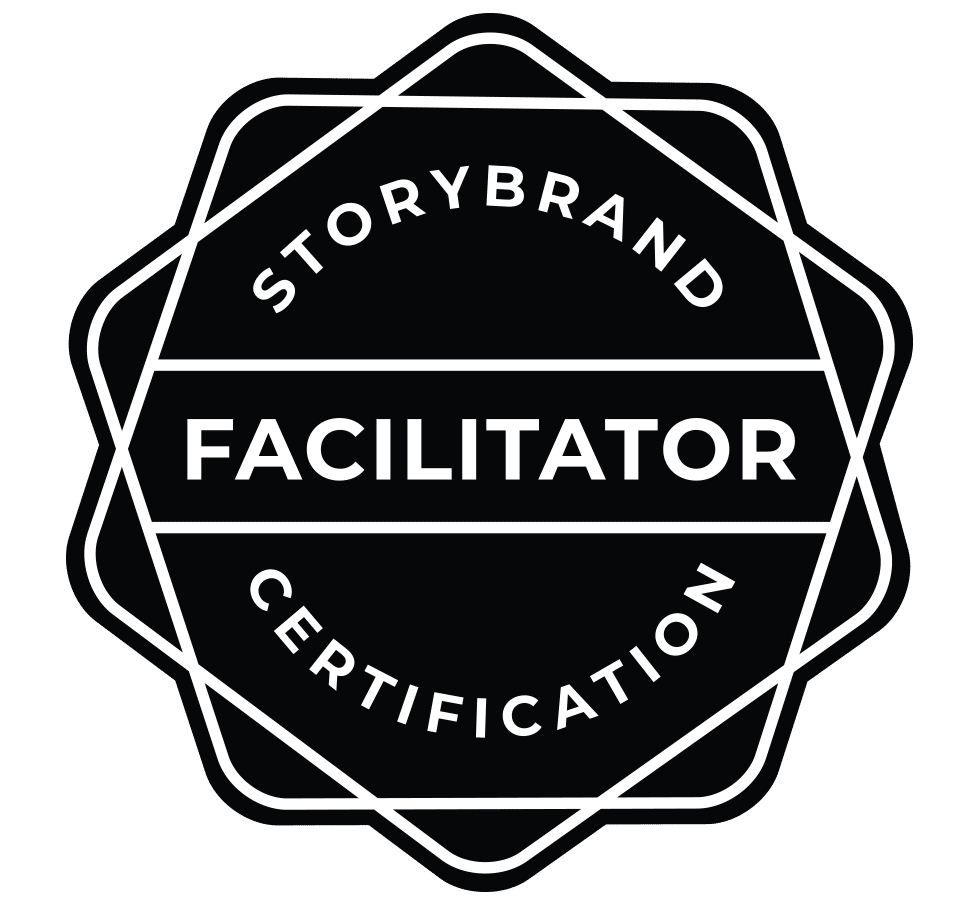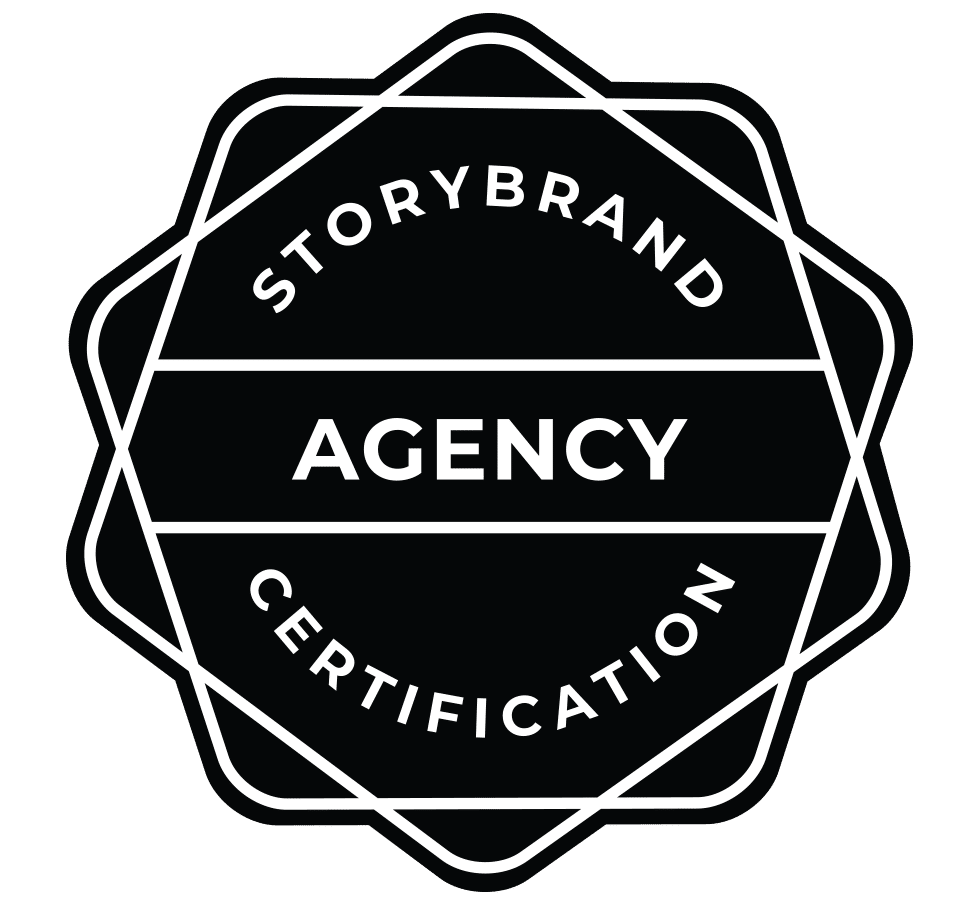Managing customer relationships effectively is a key driver for business success in today’s highly competitive environment, where brands are challenged to stand out more than ever. When you’re in the middle of running your business, though, figuring out how to stay on top of customer relations and service can feel overwhelming, if not impossible at times.
Enter HubSpot – a premier Customer Relationship Management (CRM) platform that elevates your marketing, sales, and service efforts. Implementing this powerful tool is a game-changer, but it requires a thoughtful and structured approach. That’s where a comprehensive HubSpot onboarding checklist comes into play.
Understanding HubSpot
HubSpot is an all-in-one growth platform that streamlines your marketing, sales, and service processes. With a rich array of features like email automation, lead tracking, social media management, and analytics, HubSpot is your one-stop shop for business growth.
The beauty of HubSpot lies in its seamless integrations and intuitive interface. It simplifies complex processes, empowering businesses to focus on what matters most – their customers. Moreover, the platform has a proven track record of boosting businesses, with many reporting significant increases in leads, conversions, and overall customer satisfaction.
The Crucial Role of Onboarding in Effective Implementation
Onboarding can be defined as the process or processes of integrating a new tool or system into your business operations. It’s a critical stage when adopting HubSpot, as it sets the foundation for how you’ll use the platform moving forward. Without a structured onboarding process, businesses risk ineffective tool usage, missed opportunities, and poor return on investment.
A common challenge is the “jumping in” approach, where businesses dive headfirst into using the tool without a clear understanding or plan. This often leads to confusion, inefficient use of resources, and poor results. With a well-defined onboarding checklist, you can sidestep many of these common pitfalls and prepare to launch new marketing campaigns with confidence.
The HubSpot Onboarding Checklist
An onboarding checklist provides a step-by-step guide to implementing HubSpot in your business. Let’s dive into the key elements of this checklist.
Account Set Up
The first step is to establish your HubSpot account. This involves creating your profile, adding your business information, and setting your preferences.
Next, integrate HubSpot with your existing systems – this could be your email service, social media platforms, or other CRM tools. Lastly, define user roles and permissions to maintain control and ensure the right people have access to the right information.
Data Migration
Moving your existing data into HubSpot is a critical step. This process, known as data migration, involves transferring customer data, sales data, and other vital information into the new system.
It’s important to clean and organize your data before migration to avoid inconsistencies or errors. If the process seems overwhelming, HubSpot offers resources and support to guide you through it.
Setting up Marketing Automation
One of HubSpot’s standout features is marketing automation. It helps you nurture leads, personalize customer interactions, and save time.
To set this up, start by defining your marketing goals. Then, design and implement automation workflows that align with these goals. For instance, you could write an automated email sequence for new subscribers or a social media posting schedule.
Setting up Sales and Service Hubs
HubSpot’s Sales and Service Hubs are invaluable tools for managing your sales process and providing excellent customer service. To get started, customize your sales pipeline to reflect your sales process, and set up deal stages. For the Service Hub, create service tickets for customer issues, set up a knowledge base, and enable customer feedback surveys.
Training and Support
Training is key to making the most of your new tool. HubSpot offers a wealth of resources, including online tutorials, webinars, and a community forum. Make sure your team takes advantage of these resources to fully understand how to utilize the platform. Furthermore, HubSpot provides dedicated customer support that can answer any questions and assist with technical issues.
Post-Onboarding: Ensuring Continued Success
After successfully onboarding HubSpot, your journey doesn’t end. To maximize your return on investment, it’s crucial to engage in continual learning and adjustment.
Keep a close eye on the platform’s analytics to track your performance. HubSpot provides detailed data on your marketing campaigns, sales activities, and customer interactions.
Use this data to identify what’s working and where there’s room for improvement. For instance, if your email campaign has a low open rate, you might need to improve your subject lines or send your emails at different times.
Another essential aspect of post-onboarding success is staying up-to-date with HubSpot’s latest features and updates. The platform is continually evolving, innovating with new features designed to enhance your marketing, sales, and service efforts. By keeping abreast of these updates, you can ensure that you’re leveraging the platform to its full potential.
Start Your Hubspot Campaigns Off the Right Way with Our HubSpot Experts
Implementing HubSpot with a structured onboarding process can transform your business. If you need professional help navigating this process, don’t hesitate to get in touch with our team at Business Builders. As a team of expert HubSpot partners, we’ve built countless high-performing campaigns on the platform that span almost every industry imaginable.
To learn more about how we can help drive results for your business with the power of HubSpot, request a quote from us today.









